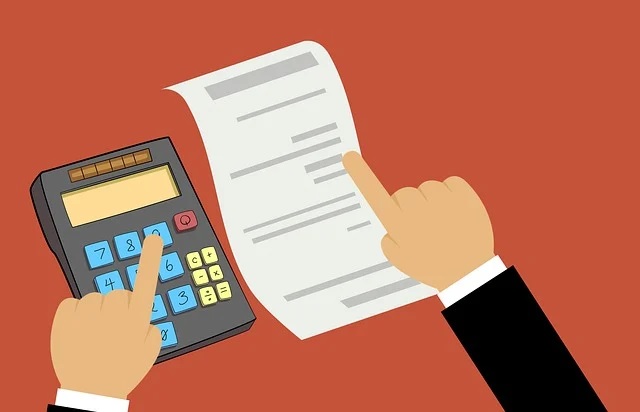 Dependent Care FSA participants pay eligible out-of-pocket expenses with pretax dollars. These expenses are only tax-deductible if they meet certain requirements.
Dependent Care FSA participants pay eligible out-of-pocket expenses with pretax dollars. These expenses are only tax-deductible if they meet certain requirements.
For example, suppose you pay a dependent care center $150 weekly to care for your 2-year-old child while working. The fee isn’t taxable because you must be able to work.
Contents
Eligible expenses
Some child and dependent care expenses may qualify for tax deductions or credits. The most common is the Child and Dependent Care Credit, which helps offset costs for daycare or babysitter fees. Other qualifying expenses include nursery, day camp or summer camp fees, in-home care and preschool costs for a disabled dependent—the credit percentage phases out as income increases.
A pretax benefit account used to pay for eligible dependent care expenses is called a dependent care flexible spending account (FSA). During annual enrollment, you choose how much your salary you want to set aside each year into the FSA. Then, you use the money in your account during the year to pay for eligible care expenses.
You must keep careful track of your expenses and receipts. The IRS requires documentation of eligible care expenses to claim a credit or deduction. Acceptable documentation includes a receipt showing the service dates, type of service and amount billed. You can download the EZ Receipts app from your smartphone or other mobile device to help you keep track of your receipts.
If you receive dependent care benefits from your employer, such as an FSA, you must subtract those amounts from the yearly limit to determine the credit or deduction. You can find this information on your W-2, box 10. If you received dependent care benefits from a trust or other entity, you must report the amounts on Schedule K-1 (Form 1065). See Schedule K-1 Instructions later for details.
Expenses that are Not Eligible
Generally, expenses that don’t meet the work-related expense test aren’t eligible to be reimbursed by a dependent care flexible spending account (FSA) or the child and dependent care tax credit. This includes payments for household services, such as cooking and cleaning. Also excluded are charges for caring for an elderly or disabled person living in a residential home. These expenses can be claimed as medical expenses if they meet the criteria for medical deductions under federal income taxes.
To qualify for the credit, you must have a dependent under age 13 or an adult dependent who can’t care for themselves and live with you. You must also have earned income from a job or self-employment during the year. The credit you can claim is limited to $3,000 for one qualifying individual or $6,000 for two or more individuals. Unlike FSAs, which are pre-funded, the credit is declared based on your income tax return, so you’ll need to keep track of receipts and substantiation.
The CDCTC was temporarily expanded in 2021 to help working caregivers during the COVID-19 pandemic. The credit limits were increased, but the general qualifications remained the same. The credit is only available for care that enables you and your spouse (if married) to work, look for work, or go to school full-time.
Reimbursable expenses
Your credit depends on the amount of qualifying expenses you pay for your children or other dependents. You can claim the credit for preschool costs, daycare providers, family home daycare homes, nannies and other live-in caregivers, and after-school and vacation day camps. You can even count fees, deposits and application charges paid to the care provider.
The expense must be work-related, allowing you (or your spouse if filing jointly) to work or look for work. Generally, costs for food, lodging and clothing aren’t eligible. However, if you pay these expenses partly for the benefit of your child or other qualifying person and they help you to be able to work, they can qualify.
To qualify for the credit, you must have a receipt showing the service dates, dependent’s name, type of care and amount billed or charged. You can use a variety of documents to provide proof of expenses, including health and welfare expense statements, payment confirmations from an employer’s benefits website, electronic funds transfers or copies of cancelled checks.
You may like to read,
How To Build An Effective Vulnerability Management Program
Expenses that are Not Reimbursable by the University of Iowa
Expenses not eligible for reimbursement by the University of Iowa include personal use mileage, parking or other commuting costs, fines or penalties for traffic or parking violations, and expenses for meals or entertainment. Employees must provide documentation for these expenses. The claim will only be accepted if the documentation meets IRS guidelines.
To qualify for the credit, your expenses must be for the care of a qualifying child or dependent (see IRS Publication 503 — Child and Dependent Care Expenses). This includes a babysitter or nanny to watch your child while you’re at work, a daycare provider, before-school or after-school care, and preschool tuition. It also can include care for a disabled spouse or dependent. Suppose you receive employer-provided dependent care benefits, such as a flexible spending account (FSA). In that case, you subtract the amount of those benefits from your expenses when figuring your dollar limit for the tax credit. However, you don’t have to exclude or deduct expenses paid for by your employer if they are more than the dollar limit or you have not exceeded that limit.
To participate in an FSA, you must be enrolled in a qualified health plan through the University of Iowa. You must meet other requirements, including a minimum wage and being a professional, scientific, merit-exempt or confidential staff member who works at least 50 percent of your normal working hours. Your participation also is based on a qualifying life event, such as marriage or the birth of a child.
